January is gone before you know it, while February barely exists! So, now it is March, spring proper, and the time to embrace the changing of the seasons by doing more and more birding in the extra hours of daylight the year is giving us, each day. Here are five cracking birds to enjoy.
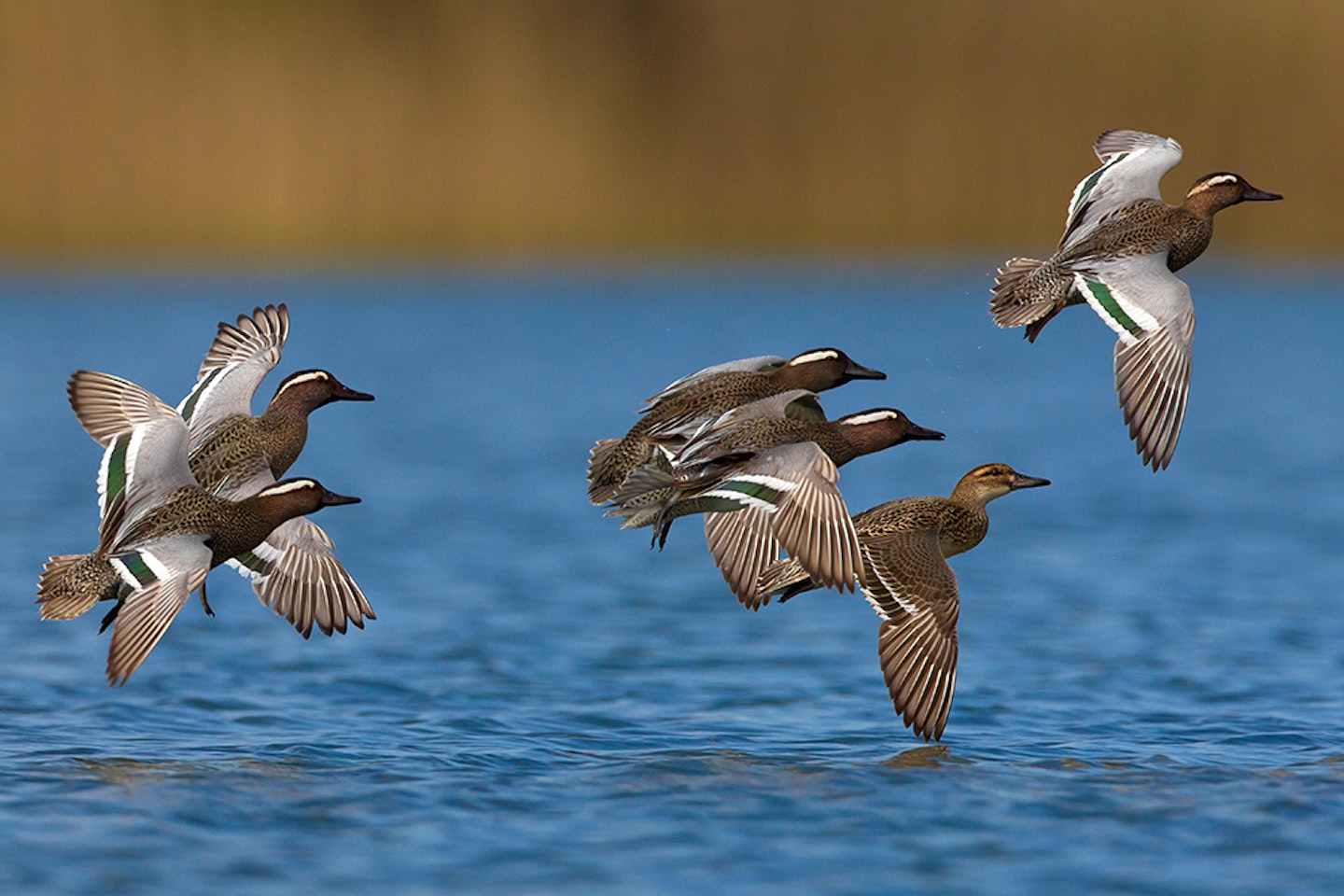
Garganey
There are a famous handful of summer visitors which first turn up in March. The pretty little Garganey is among the scarcest and most desirable of these. They are essentially birds of the southern half of the country, thinly scattered (about 100 pairs, nationally) at suitable shallow wetlands. Catch them while you can, as shortly after arrival, the female-Teal-like ducks disappear behind vegetation to breed, leaving only the more handsome males on show. And these lovely drakes, with their long, bold, white supercilia (‘eyebrows’) and grey-and-brown plumage are pretty shy birds which need a bit of seeking out. The drakes have an amazing dry, croaking rattle for a call. Always a treat to hear!
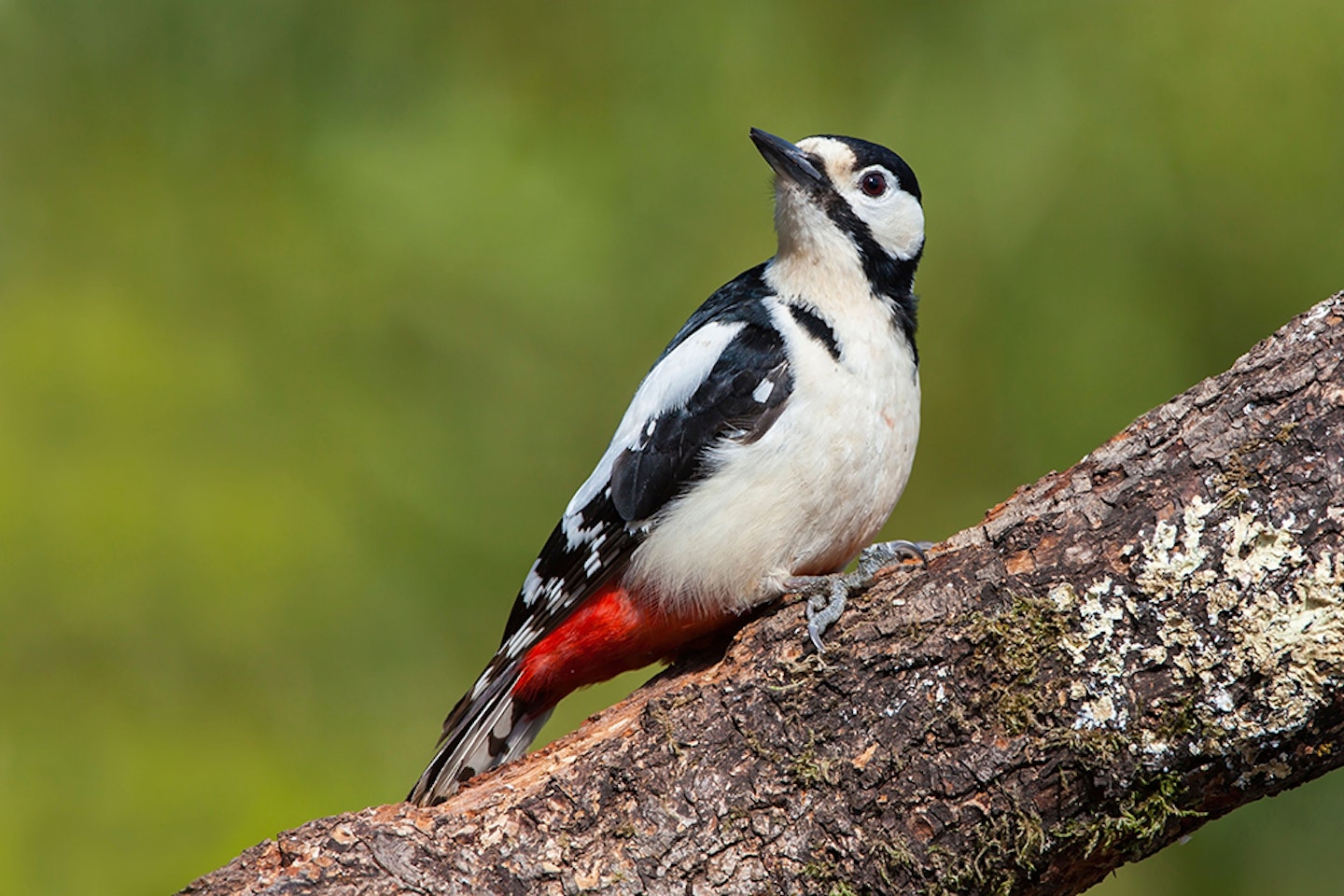
Great Spotted Woodpecker
Easily our most common black-and-white woodpecker, the Great Spotted is the Starling-sized woodpecker with crimson undertail coverts and white shoulder ovals. Males have a square of red on the nape, while females are black, there. Found in all sorts of wooded habitats (and coming regularly to nearby gardens), listen for the short, explosive ‘drumming’ or the shouted, clipped ‘kick’ call. Great birds.
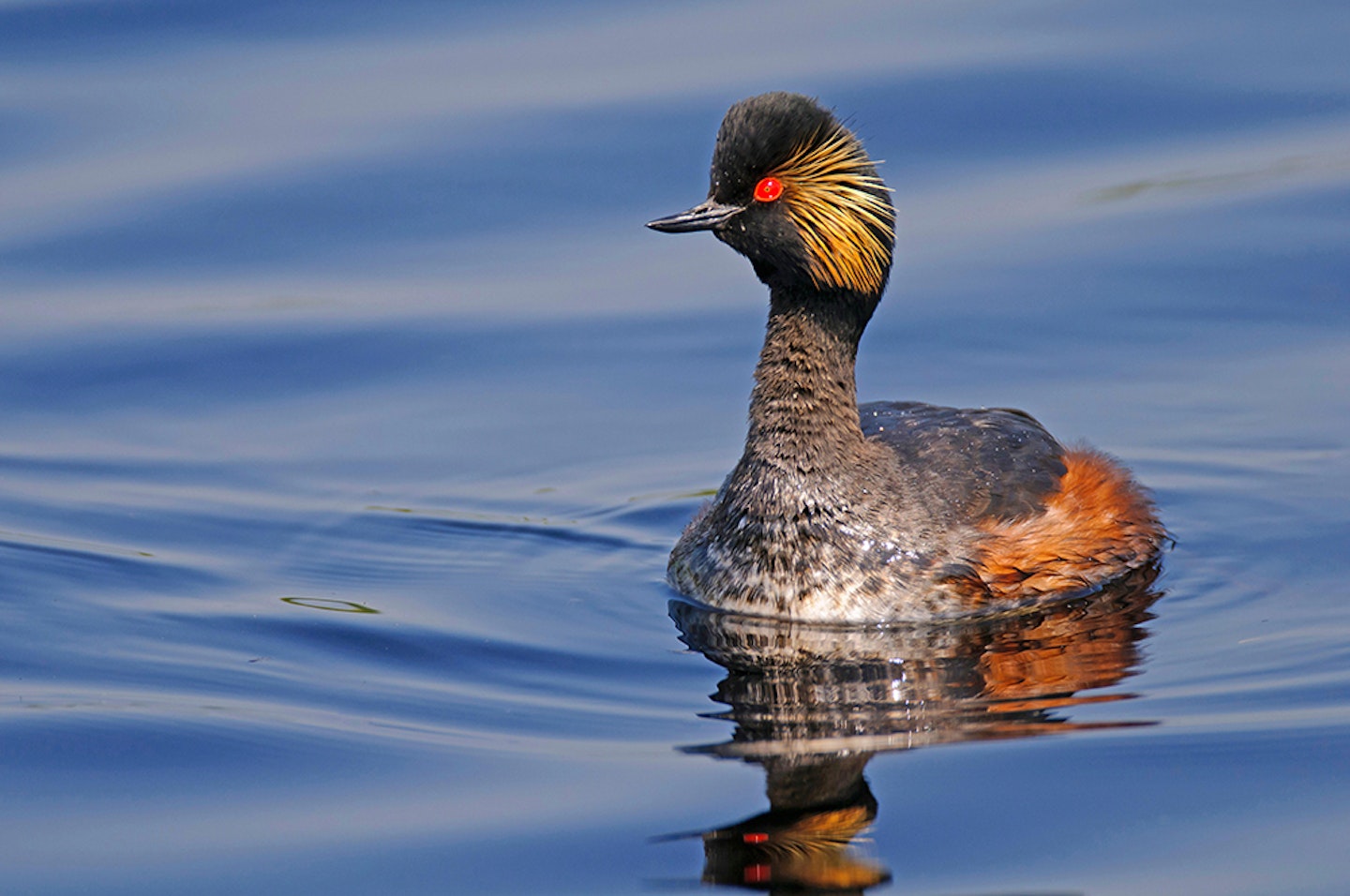
Black-necked Grebe
One of two small grebes which breed in tiny numbers in this country, the Black-necked Grebe (c55 pairs) is mainly an English breeder (similar numbers of Slavonian Grebes breed in the Scottish highlands), at favoured gravel pits, reservoirs and the like. These are handsome little birds in breeding plumage, black at the front end and back and rufous on the flanks, with a shock of yellow tuft on each ear covert area, and a ruby for an eye. Try, for instance, Woolston Eyes NR in Cheshire, from mid-March.
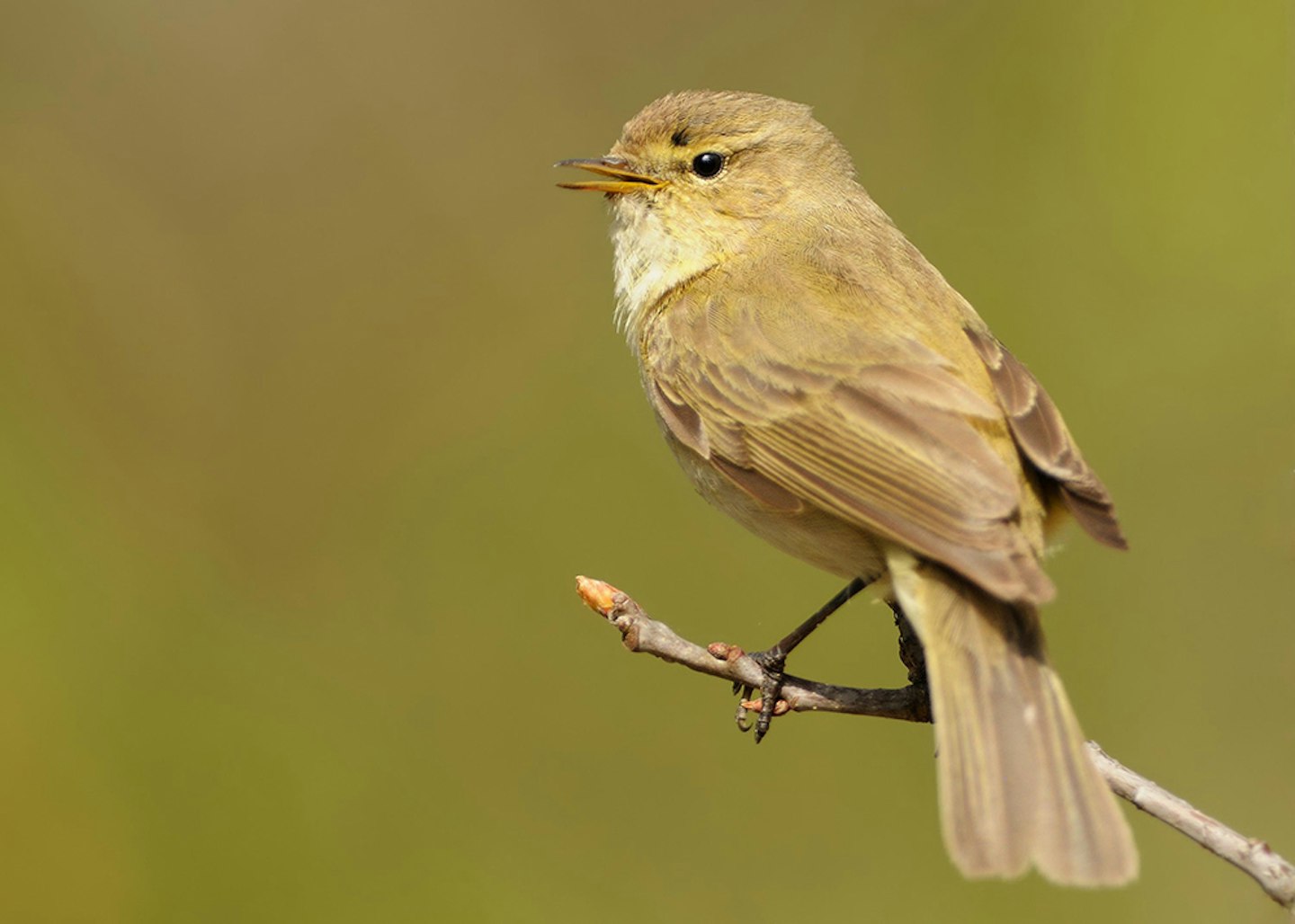
Chiffchaff
Another of the classic spring migrants, the Chiffchaff now also has a substantial wintering population (comfortably more than 1,000 birds), but it is this month when the first spring migrants return, sing and set up territory. It is always a wonderful day when you hear your first ‘chiff chiff chaff chiff chaff’ of the year from a leafless, just budding tree; a reminder that spring (the best season) really is back for another year. Before the Willow Warblers arrive (from the end of the month), Chiffchaffs are easy to identify. Get used to their shape, size, face patter and short, tit-like wings, plus the constant tail dipping. It will come in handy when the longer-winged, slightly brighter and less tail-dippy Willow Warblers are here, needing ID.
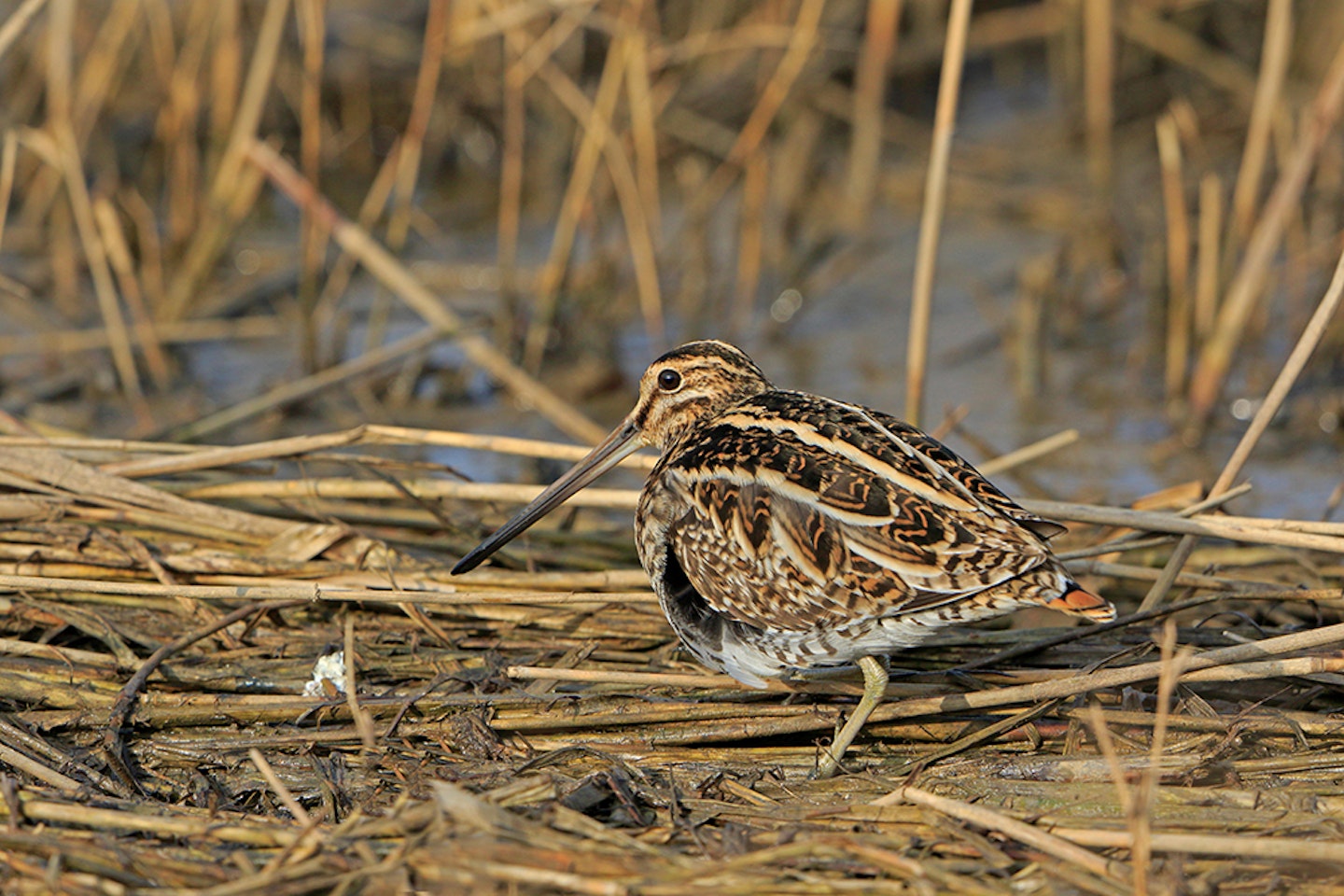
Snipe
Some 66,000 pairs of Snipe breed in the UK. This may sound a lot, but it is nothing compared with the 1.1 million wintering individuals! Still, they are better in the spring, and especially once they hit the breeding habitat and start their amazing ‘drumming’ flight. Unlike woodpecker ‘drumming’, which is all about rapid tapping of the bill on wood, Snipe ‘drumming’ is a mechanical sound made by vibrating outer tail feathers while the flying male dives and reclimbs, then dives again on a circuit of its territory. The effect is like a bleating sheep played on a synthesiser. It really is one of the great British bird sounds, but is sadly a sound less often heard these days, particularly at lowland sites.
